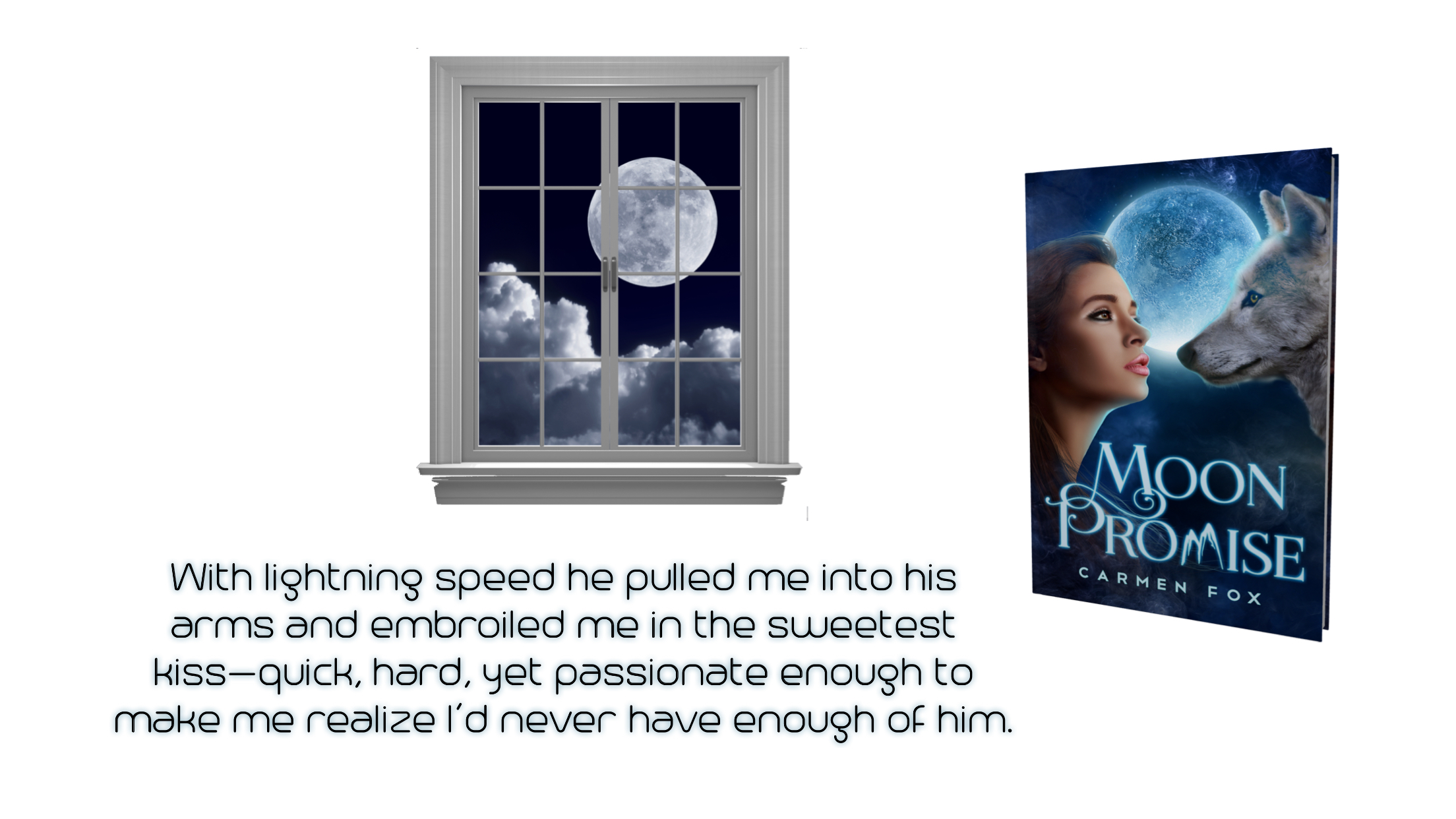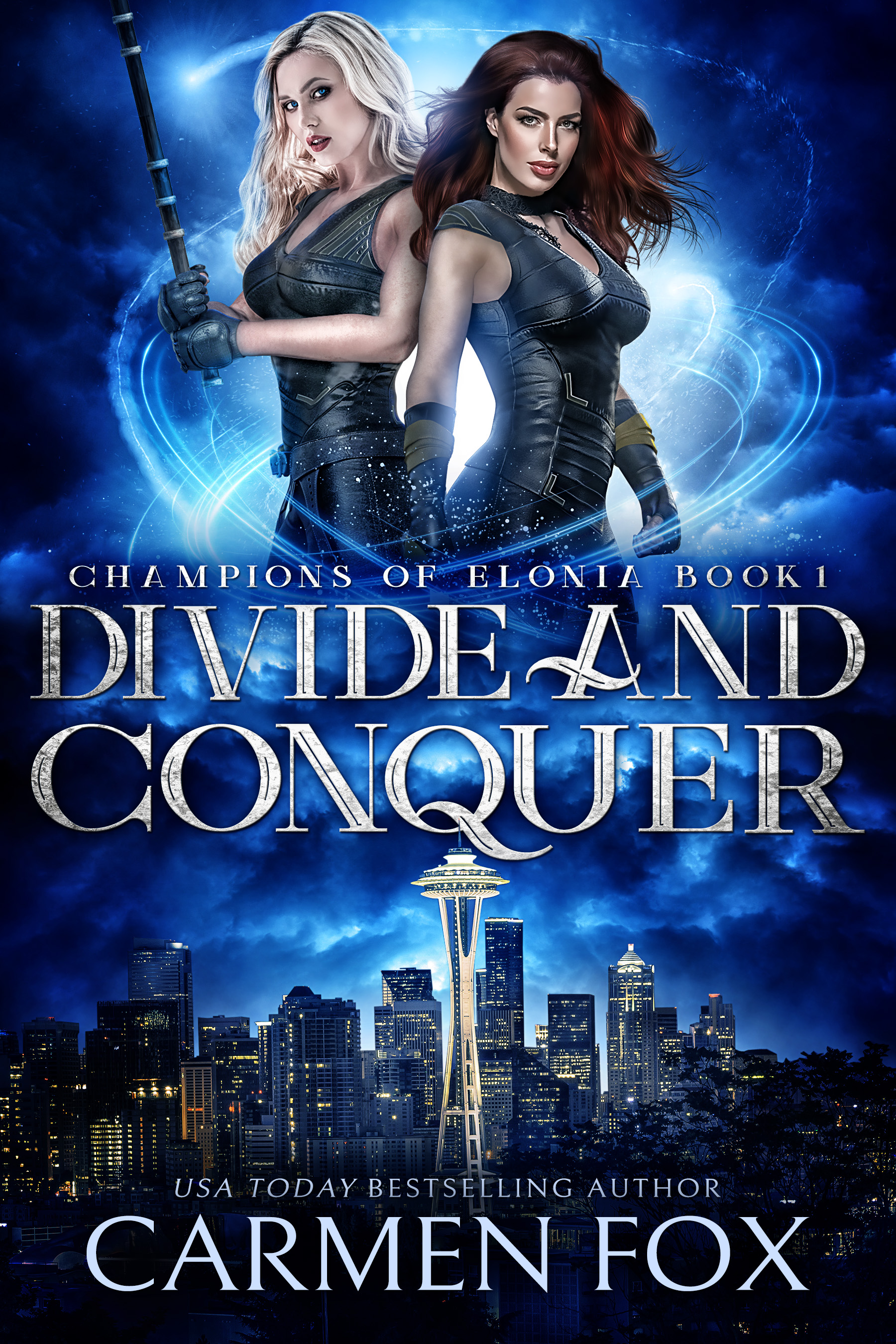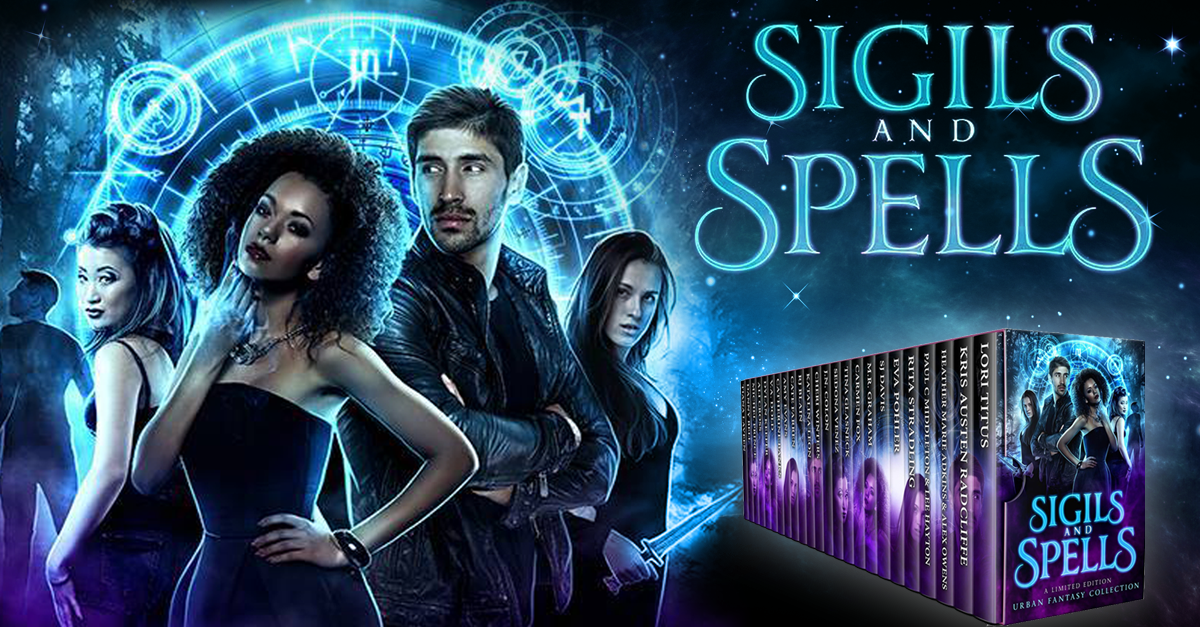With the release of my latest audiobook, it’s time go back and look at when my love for audiobooks began.
When I was a kid and my mother had no time to read me bed-time stories, I was allowed to listen to one side of a vinyl record or tape of stories for kids. In the beginning, those stories were fairy tales or cutesy little anecdotes. Then I moved on to series, including one about a talking elephant Benjamin and his best friend Otto, or another about a young witch called Bibi. In my early teens, I switched genre. “The Three Investigators,” for example, offered crime and excitement in every episode.
Today, I listen to all sorts of books at any time of the day. While doing my chores, while driving, in bed, or even simply to relax. Watching TV is fine, but audiobooks are still books with all the joy they bring. Vivid descriptions, cracking dialogue, nail-biting action… If I fall asleep while listening, that’s fine, too. I pick up the thread the next day at the last bit I remember. Luckily, we no longer use tapes, which used to involve a lot of rewinding and fast-forwarding to find the right spot. Digital audiofiles require nothing more than a swipe.
Anyway, once I started writing and publishing my own books, I naturally wanted them to be available in audiobook format.
Producing audiobooks involves narration and production costs. It can take a narrator several hours to create one hour of finished product. That explains why audiobooks are more expensive than eBooks, but I think they’re worth the purchase price. The first time I listened to Guarded, I was amazed to see my characters take on shape in my mind in a way they hadn’t when I wrote the book. Next up was Bound, narrated by Brian Callanan, a broadcaster and multiple Emmy-award winner, who had me hanging on his every word right to the end.
Now, in Moon Promise, Phoenix McKay brought all her experience as a theater actor to bear, creating an outstanding narrative I’ve already listened to twice (!). You’d think that after writing and editing a book and then approving the audio file I’d have had my fill of it, but each listen brings new twists. Through her magic, a line my character said with understated wit becomes a line that makes me chuckle. A suggestive tone adds an unexpected dimension to dialogue that had held no special significance when it was first conceived.
If you aren’t a convert yet, let me assure you that buying audiobooks is as straight-forward as buying digital books or music. One of the easiest ways is via iTunes, in the same way you’d buy an album. Another is via Amazon or Audible (Audible being part of Amazon). You can listen to it straight away on your computer or via the Audible app on your phone or tablet (your purchased book will download onto your device in the same way a book would). It really isn’t complicated.
Audible have this amazing subscription-based plan where you pay a regular monthly fee (less than $15/£8 a month) for one credit, which you can exchange for any audiobook you like, no matter the original price. Better yet, you get Moon Promise absolutely free, simply by using this link if you live in the US or this link if you’re located in the UK (click here for France and here for Germany). Better yet, if you try it and later decide audiobooks aren’t for you, you can cancel your subscription and get on with your life—but I bet you’ll be hooked.
My most recent purchases are Becoming by Michelle Obama, Blood Noir by Anita Blake, Waking Up Dead by Margo Bond Collins, and The Feynman Lectures: Masers and Light. The last three I’d already owned and read in print/as eBooks, but as I said, listening to a story is different. It’s nostalgic, warming, personal, and just a little indulgent.
PS: If you’re already subscribed to my newsletter, you’ll get an awesome chance to win a free copy of Moon Promise to celebrate my new release.

















